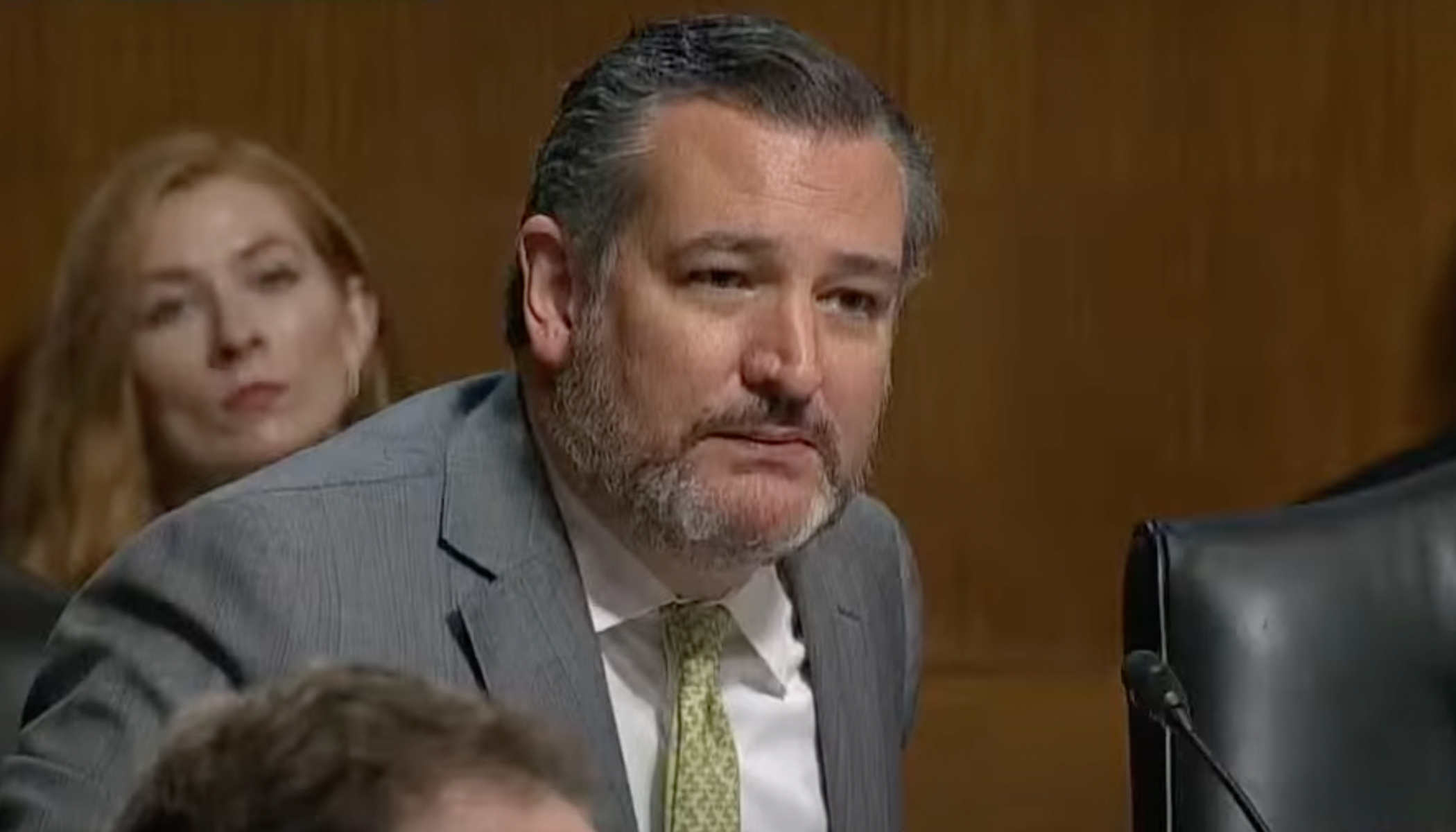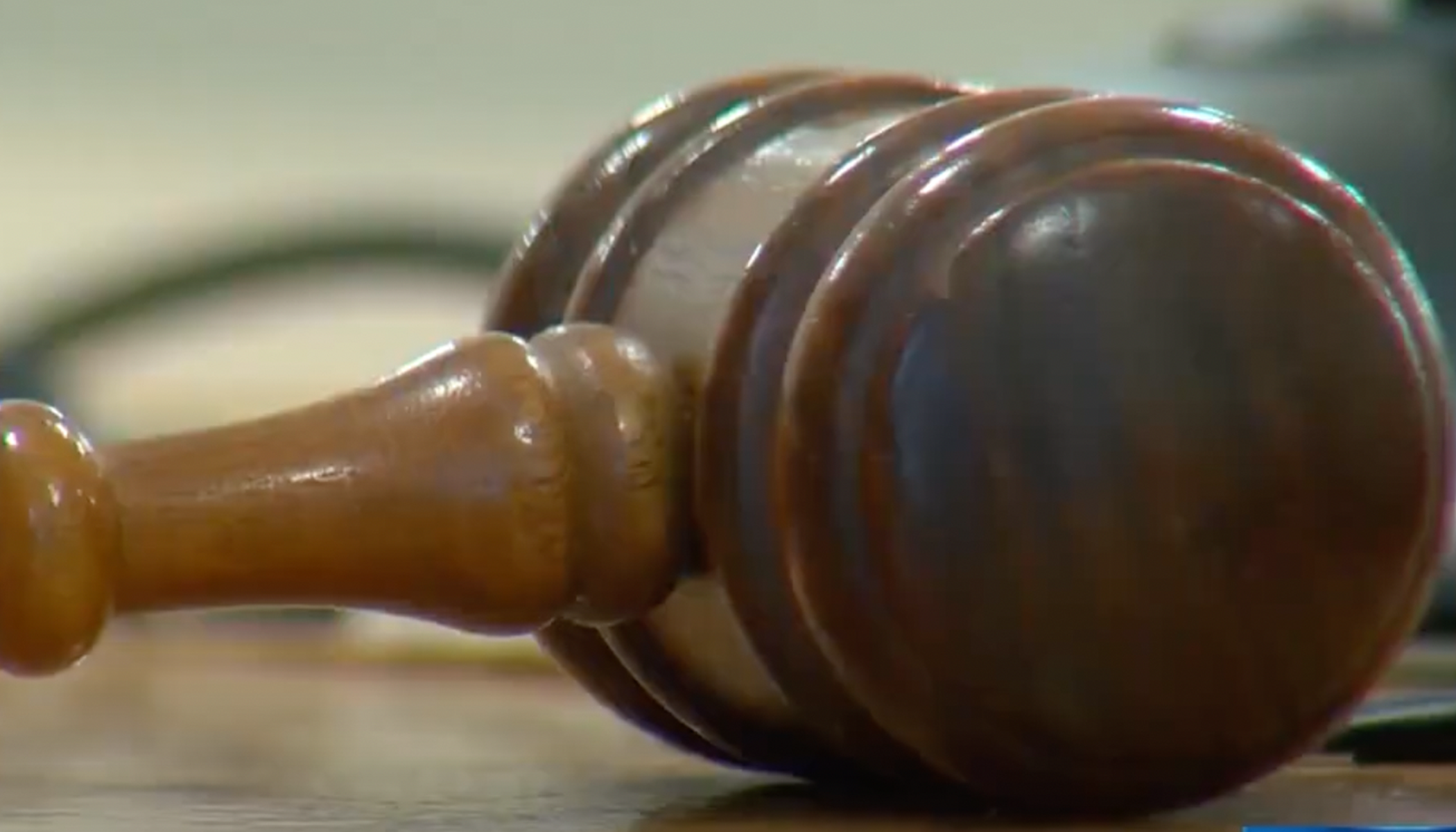Florida Man Receives 14-Month Sentence for Threatening Supreme Court Chief Justice
A Florida man, Neal Brij Sidhwaney, has been sentenced to 14 months in prison for issuing a death threat against Chief Supreme Court Justice John Roberts, a case that highlights the growing concern over threats to public officials.
After pleading guilty to making an interstate threat to injure, Sidhwaney's sentencing by U.S. District Judge Marcia Morales Howard marks a significant legal response to such actions against a sitting Supreme Court justice, as the Washington Examiner reports.
Last July, Sidhwaney left a threatening, expletive-laden voicemail at the Supreme Court's office, explicitly targeting Justice Roberts.
In this voicemail, Sidhwaney went so far as to identify himself by name, demonstrating a disturbing boldness in his threat.
Legal Consequences of Threatening Public Officials
This incident prompted an immediate response from law enforcement and the judiciary, leading to Sidhwaney's arrest and subsequent guilty plea in December to one count of making an interstate threat to injure.
His sentencing reflects the seriousness with which the U.S. legal system views threats against its members.
The case against Sidhwaney is part of a worrying trend of increased threats against justices and public officials, highlighted by another recent case where Nicholas Roske was arrested for threatening Justice Brett Kavanaugh.
Roske, found with a gun and burglary tools outside Kavanaugh's home, has pleaded not guilty to an attempt to murder the Justice.
The Escalating Trend of Threats
A report from the University of Nebraska at Omaha underscores the rising number of threats against public figures, noting 501 threats leading to federal charges over the past decade.
Such threats, particularly against military and law enforcement officials including judges, have spiked notably in years following presidential elections.
The increase in threats raises significant concerns about the safety of public officials and the potential impact on the judiciary's ability to function without fear of violence.
Sidhwaney's case, with its direct threats and identification of the intended victim, represents a stark example of the dangers faced by those in public service.
Addressing the Challenge of Protecting Public Figures
In addition to legal actions against individuals like Sidhwaney and Roske, discussions about enhancing the security of public officials and addressing the root causes of such threats are ongoing.
The judiciary and law enforcement are tasked with the dual challenge of ensuring safety and addressing the societal issues that contribute to such hostile acts.
As Sidhwaney begins his prison sentence, the case serves as a reminder of the ongoing threats to public officials and the importance of a robust legal and societal response to protect those in positions of authority.
With threats against public officials on the rise, the need for increased security measures and societal reflection on the causes of such hostility has never been more apparent.
Sidhwaney's sentencing is a step towards addressing these challenges, but it also highlights the need for continued vigilance and action.






